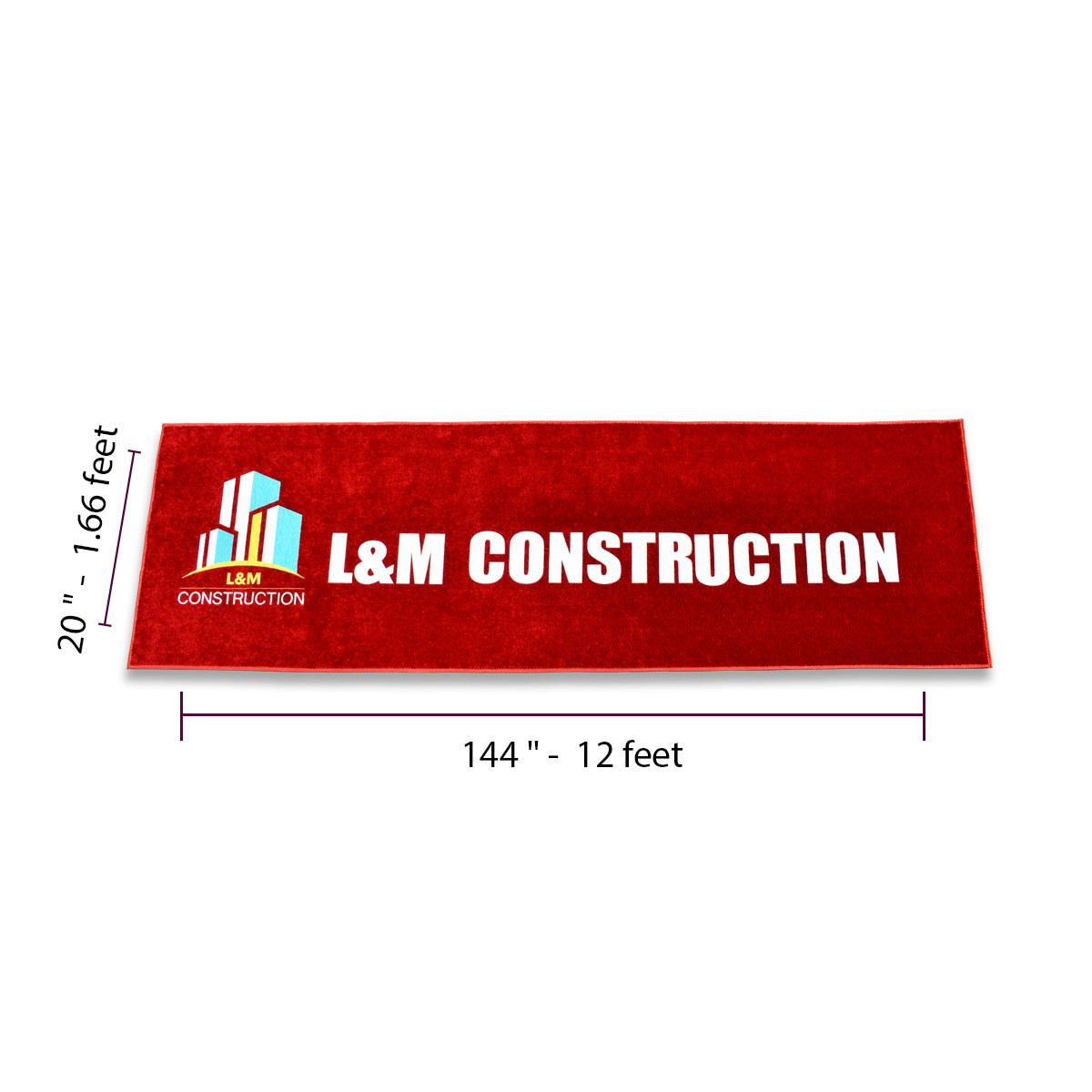The groundbreaking ceremony for St. Paul's Cathedral took place on June 21, 1675. It was a grand event attended by prominent figures of the era, and King Charles laid the first stone in St. Paul’s Cathedral groundbreaking ceremony. In those days, there were no first-sod ground breaking ceremonies using ceremonial shovels for the sod-cutting, but there was the “laying of the first stone” or “laying of the corner stone” ceremony. Sir Christopher Wren and various dignitaries from the Church of England and the government were also present to mark the beginning of this monumental architectural endeavor. St. Paul's Cathedral was financed by the English government, with King Charles II contributing significantly to its funding. The project was overseen by Sir Christopher Wren, one of the most renowned architects of his time. Wren was tasked with rebuilding the cathedral after the Great Fire of London in 1666 destroyed the previous structure.

The construction of St. Paul's Cathedral spanned several decades, with Wren's design showcasing the Baroque style and standing as a testament to the resilience and innovation of London's architectural heritage. Christopher Wren incorporated several architectural styles in the construction of St. Paul's Cathedral, reflecting the evolving trends and his own innovative vision. Here are some of the styles and influences seen in the cathedral's design; baroque, characterized by grandeur, dramatic use of light and shadow, ornate decoration, and a sense of movement. This style is the most prominent in the cathedral's dome, facades, and interior spaces. Classical Elements; Wren also incorporated classical elements inspired by ancient Roman and Greek architecture. This can be seen in the columns, pilasters, pediments, and other architectural features that reflect the symmetry, proportion, and order typical of classical design. Renaissance Influence; The Renaissance style influenced Wren's approach to St. Paul's Cathedral, particularly in terms of geometric harmony, perspective, and the use of domes and arches. This influence is visible in the cathedral's dome, which is reminiscent of Renaissance domes such as those found in Italian architecture. English Gothic Revival; While St. Paul's Cathedral is not a Gothic structure, Wren incorporated some Gothic elements as a nod to England's architectural heritage. These include pointed arches, vaulted ceilings in certain parts of the cathedral, and decorative details that evoke the medieval Gothic style.

During the reign of King Charles II, the groundbreaking ceremony of St. Paul's Cathedral was a momentous event that showcased the grandeur and vision of the monarch. Here's how King Charles II organized and conducted this historic ceremony:

To begin with, King Charles II was deeply involved in the planning and preparation for the groundbreaking ceremony of St. Paul's Cathedral. Recognizing the significance of this project, he ensured that every detail was meticulously planned to reflect the majesty of the occasion. The ceremony was scheduled to take place on a bright and auspicious day in the heart of London. King Charles II selected a site near the old St. Paul's Cathedral, where the new cathedral would rise as a testament to the restoration of the monarchy and the resilience of the city after the Great Fire of London.

Leading up to the ceremony, King Charles II personally oversaw the construction progress, ensuring that the foundation was solid and the design was in accordance with the architectural plans. He consulted with renowned architects and craftsmen to ensure that St. Paul's Cathedral would be a masterpiece of Gothic architecture.

On the day of the groundbreaking ceremony, the streets were adorned with ceremonial ribbons, banners, and flags, all embroidered with the royal crest, much like the ceremonial ribbons and banners that today are used for modern groundbreaking ceremonies, and grand opening ceremonies. CeremonialSupplies.com, the best online shop for all your ceremonial needs, offers customized printed ribbons for grand opening ceremonies, and groundbreaking ceremonies. Choose from an exquisite selection of sizes and colors.The people of London gathered eagerly to witness the historic event. King Charles II arrived in regal attire, accompanied by members of the royal court and dignitaries from across the realm.

The ceremony began with a solemn procession led by clergy members, symbolizing the divine blessing upon the construction of the cathedral. King Charles II then delivered a stirring speech, expressing his vision for St. Paul's Cathedral as a symbol of faith, resilience, and national pride. After the speeches, King Charles II with great ceremonial flair, symbolically broke ground for the construction of the cathedral by laying of the cornerstone, placing it with reverence and declaring that St. Paul's Cathedral would stand as a beacon of hope and inspiration for generations to come. This act marked the official commencement of the building process and was met with cheers and applause from the gathered crowd. The ceremony concluded with a grand feast and celebrations throughout the city, with King Charles II hosting a lavish banquet to honor the architects, builders, and all those involved in the project.

Shop CeremonialSupplies.com for grand opening ribbons, ribbon-cutting scissors, groundbreaking shovels, military flags and regalia, custom-printed mats, runners, and event carpets, corporate wearables, plaques and trophies, and all the items you need for an exquisitely designed ceremony! Click here for a quote.
